It’s the festival time at Tamil Brahmin settlement (agraharam) of Kalpathi of Palakkad district in the month of November. 585-year old Sri Visalakshi Sametha Sri Viswanatha Swamy temple and the Brahmin streets of Kalpathi witness the famous Ratholsavam (Ratha Yatra) during this time. As per beliefs, this Ratholsavam is dated to more than 5 centuries, and the tradition is being carried forward till now. Kalpathi Ratholsavam got place in the tourism map in the year 1986 when it got added to state government’s list of temple festivals of Kerala.
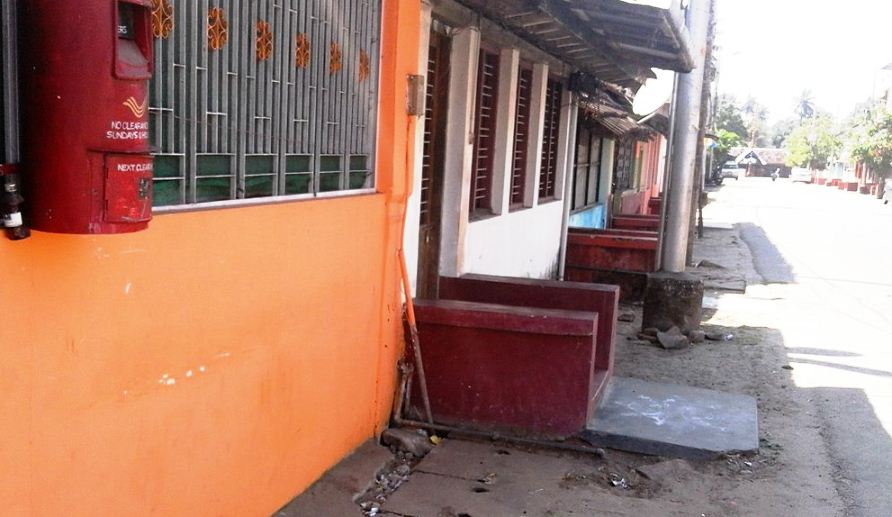
Agraharams of Brahmins of Kalpathi
Story behind Kalpathi agraham and their celebrations
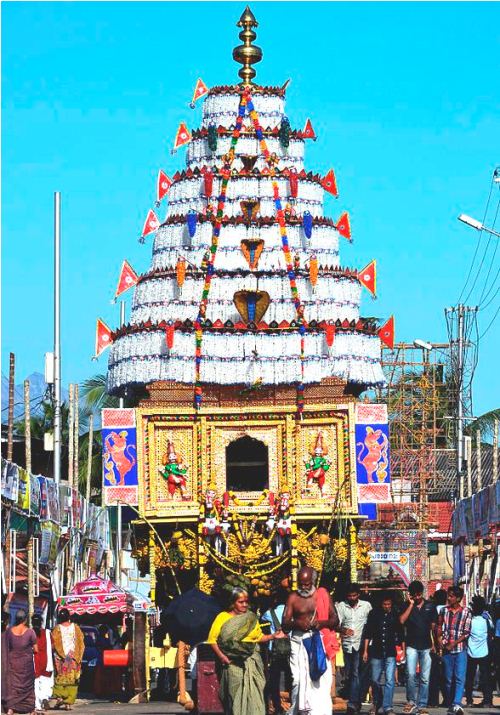
Kalpathy Radholsavam of Kalpathy
Sri Visalakshi Sametha Sri Viswanatha Swamy temple was under the control of Akathethara Kings of Palakkad. It was built around 1425 AD and the presiding deities were Lord Siva (Viswanatha) and his consort Visalakshi – another name of Parvati. Once the temple priests had a conflict with the rulers and Raja had to seek help from Brahmins of Thanjavur (Tanjore) to do the daily poojas and rituals at temple. That’s how Brahmins from Tanjore reached here as folk and settled with their families.
Very soon Brahmin settlements called agraharam were made in Palakkad and turned to busy streets as time passed by. In those days a Radholsavam was conducted in Mayavaram of Thanjavur, and it reached Palakkad too. It received wide response here. Apart from the significant processing of chariot, Carnatic music is also given equal importance, and during festival season the atmosphere would be filled with joy and music.
Thanjavur branch of Carnatic music was also warmly welcomed by Kings of Palakkad, who were great patrons of art and music. It also received positive response from music fans of Palakkad, and gained popularity over years. Very soon Kalpathi became the main site of Thanjavur style of Carnatic music, and it received wide promotion and appreciation too. In 1853, Rajaram Swamikal, one of the main students of great Tyagaraja Swamikal travelled from Maruthaanallur of Thanjavur and started Ramadyana Madam at Kalpathi. After that fame of Kalpathi and its music increased many fold and reached worldwide.
A music festival was conducted at Ramadyana Madam just before Radholsavam and many doyens of Carnatic music have performed here as a part of the festival. Shemmangudi Sreenivasa Iyyer, Maharajapuram Viswanatha Iyyer and Ariyakkudi Ramanuja Iyyengar are some of the eminent singers who have conducted Kacheri here. Vedic recitals and cultural programmes still form the part of the events.
Days when untouchables were not allowed to view the festivals
During those ancient days, caste systems and their rules didn’t permit lower class Hindus to participate or view the festival. They used to stay distant away from Brahmin streets through which procession of the idols were carried off, and they watched from distant paddy fields. They managed to view only the ‘Thaazhikakudam’ – the uppermost part of the chariots.
There are many incidents when low caste people got beaten up to watch the festival, and a few even converted to Christianity to view the Radholsavam with full freedom. Thus the names of Kannadikitta who changed his name to K. V. John and K. T. Madhavan from Kannur who changed his name to K. T. Philip became a part of Radholsavam history.
Stories behind chariots used for Radholsavam
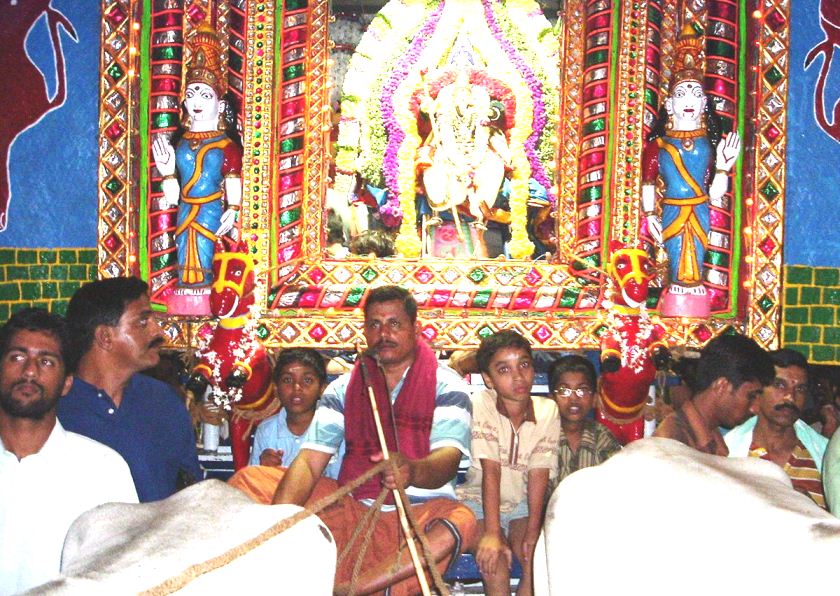
Worshiping Devotees
When Buddhist monk Fa-Hein visited Kerala, he compared Radholsavam to the sights of Buddhist festivals. Years ago, Sri Viswanatha Swamy temple owned a beautiful chariot which stood as the pride of this festival. But in the year 1970, this chariot was sold and it reduced the glory of Radholsavam too. This gigantic chariot was the highest of chariots of South India which was later placed at Delhi Museum for a long period.
Demands were many to build a new chariot for the temple, and wishes of devotees and festival-lovers were fulfilled in 1994 when wood worth 30 lakh rupees and 8 lakh cash were granted by state government. Wood belonging to teak, karimaruth and vengai categories was collected from forests of Thenmala, Perumbavur and Vattekad for this purpose. Under the guidance of Thrisinappilly Perumballur V. Chinnaraju, more than 20 architects worked for 18+ months to complete the chariot.
Routines and procedures of Radholsavam
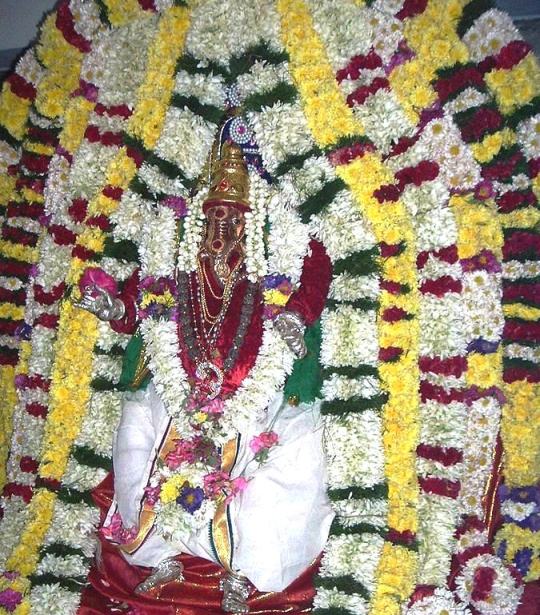
Decorated Idol
Music festival is conducted at Chathapuram Mridangam Mani Iyyer Road just before commence of Radholsavam. On the days of Chariot festival, they follow the routines and customs of Unchavrithi and Pancharatna Keerthan Aalapan.
It’s true Radholsavam of Kalpathi gives views of festival season entirely different from elephant festivals of Kerala, and it follows chariot festivals of Tamil Nadu and other parts of the country. Yet it’s a popular festival season belonging to Kerala. To watch the spectacular visuals of Devaradha Sanghamam, festival lovers from Kerala and other states also visit Kalpathi during the month of November.
Image source: Wikipedia
You can read a few more articles related to temple rituals, offerings, customs and celebrations, mostly associated with temples across across Kerala. Here is the page link. Click on the images in the gallery to read






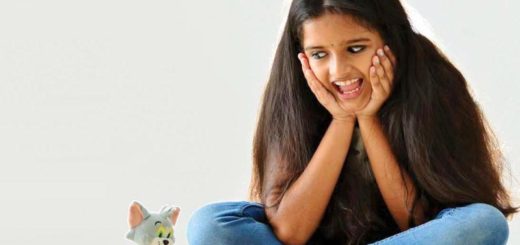
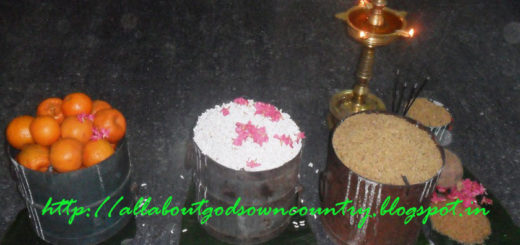
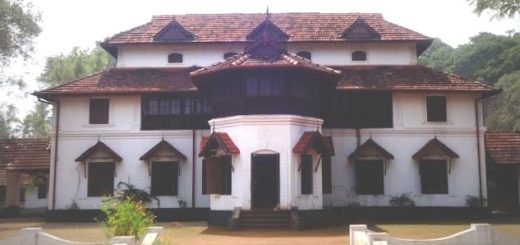

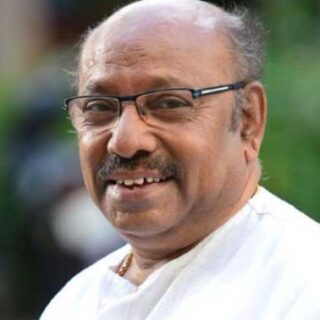
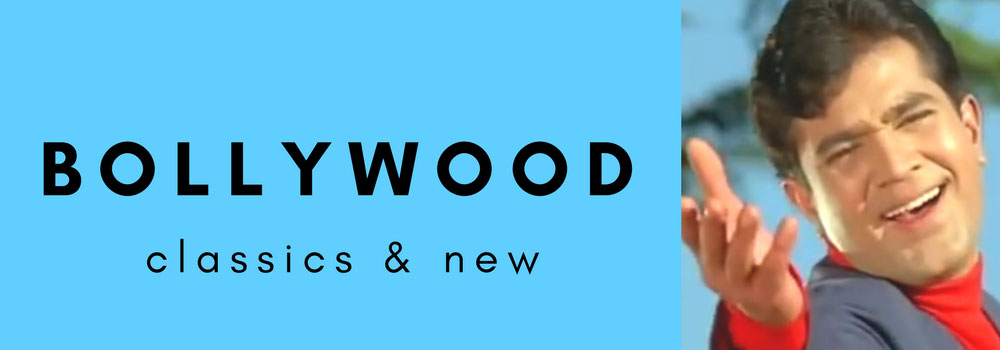
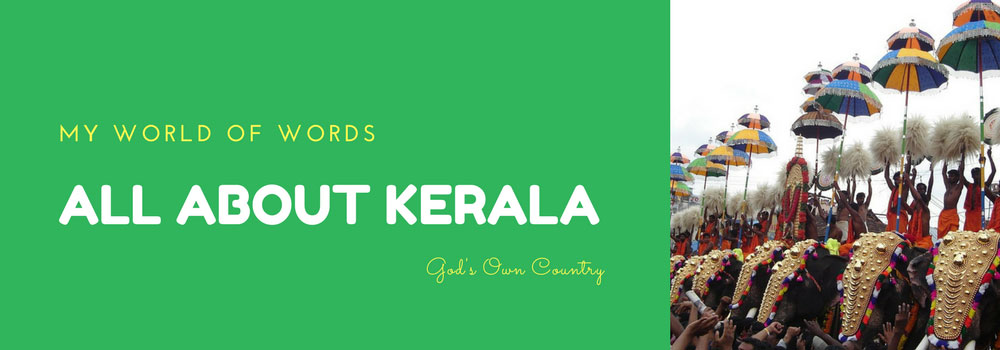

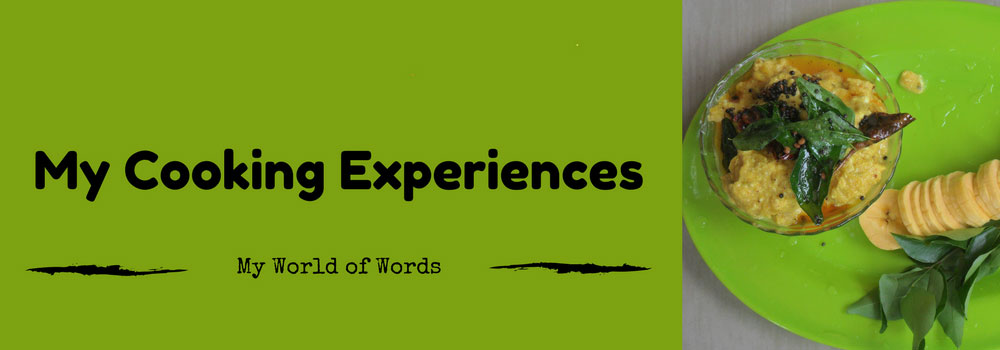



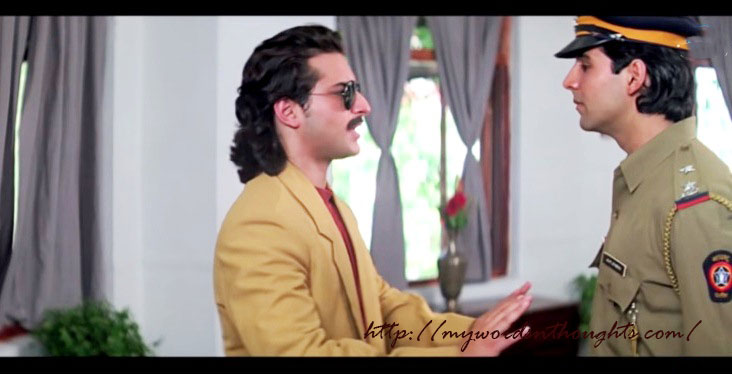
Recent Comments